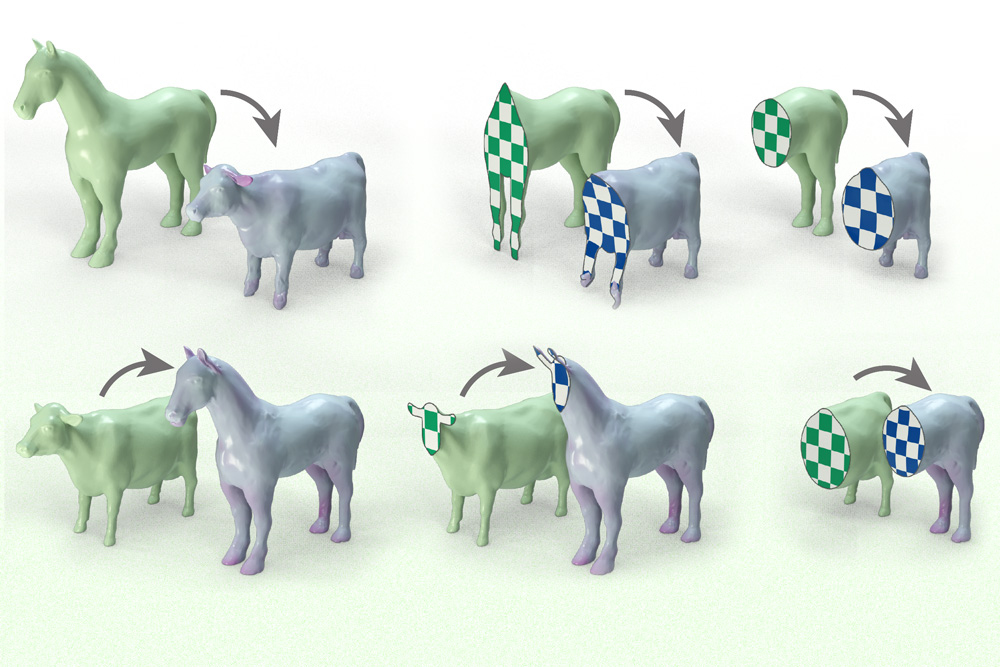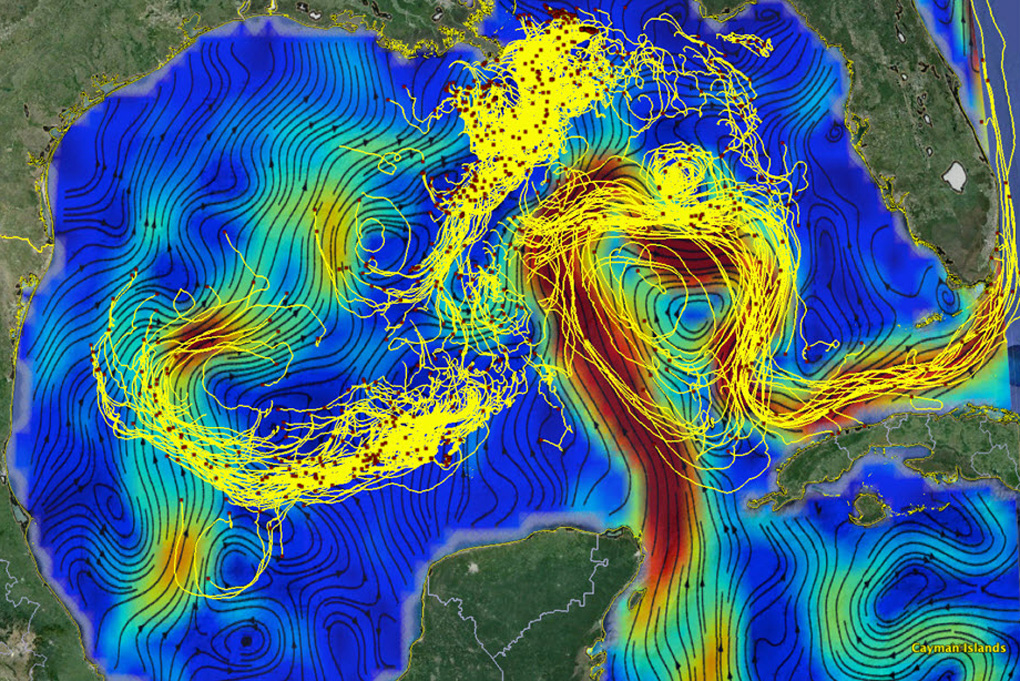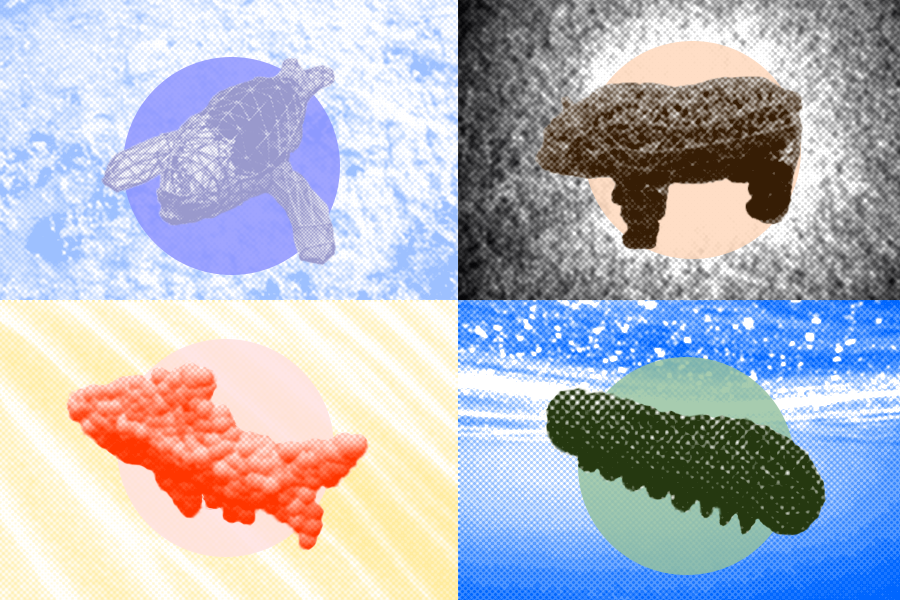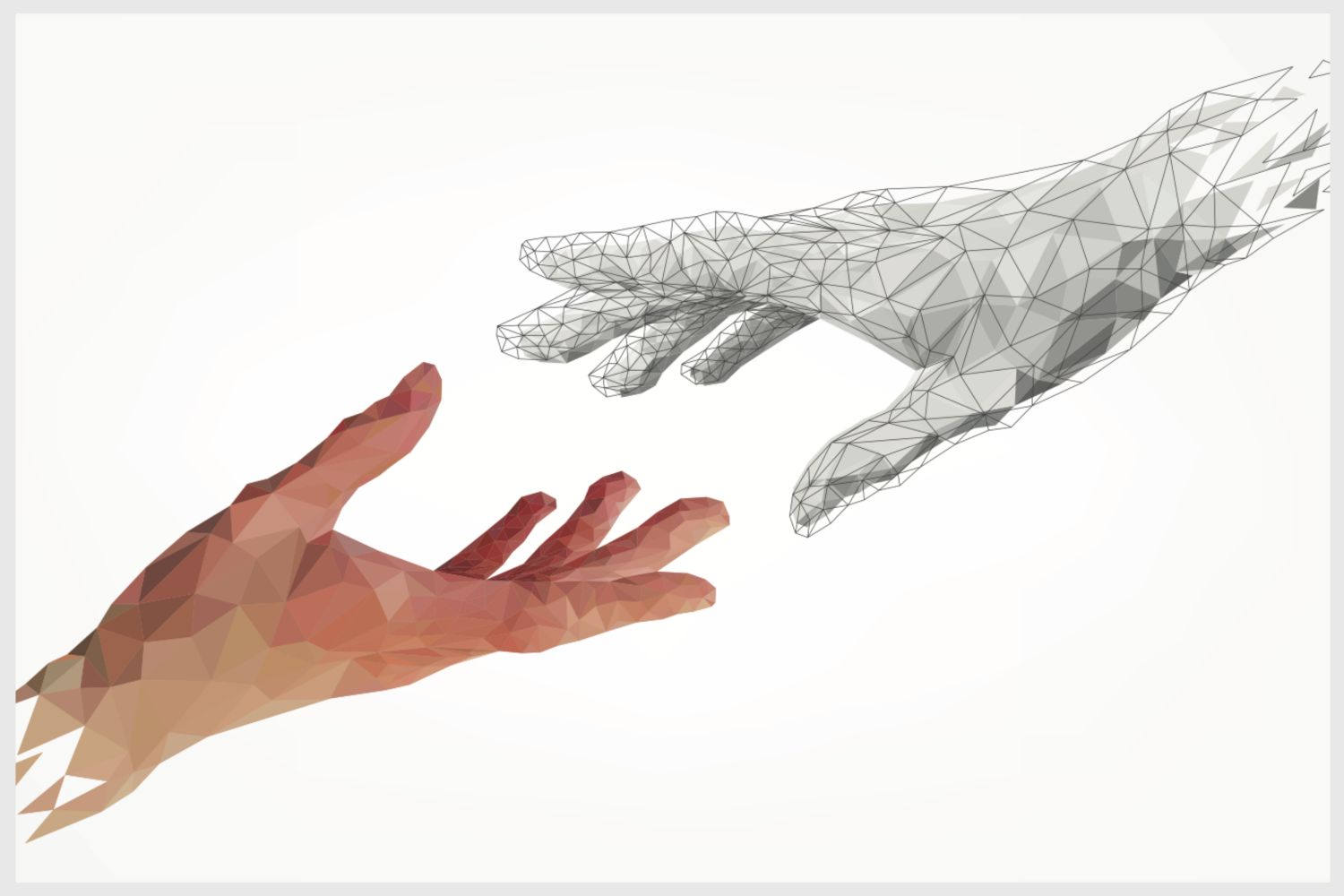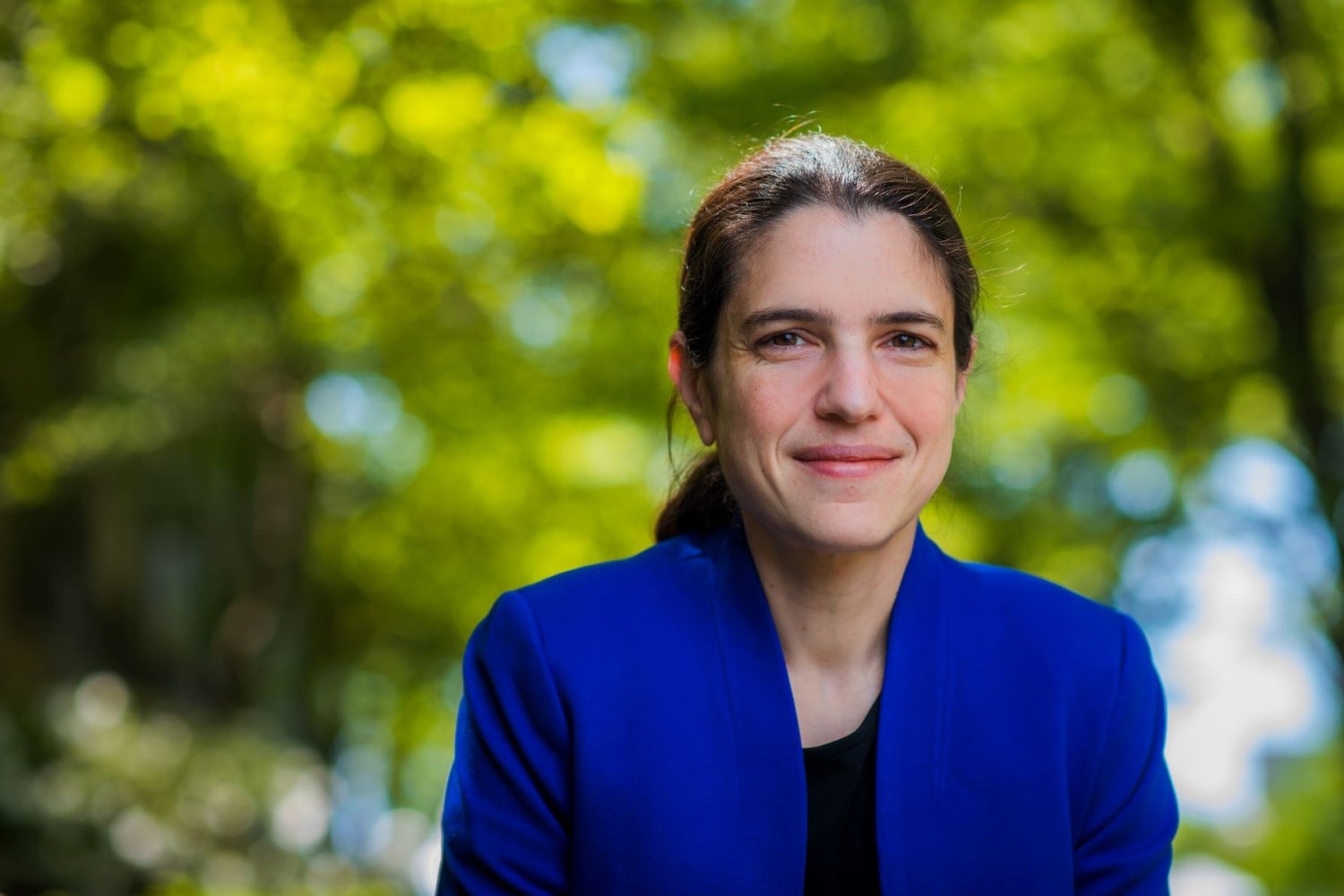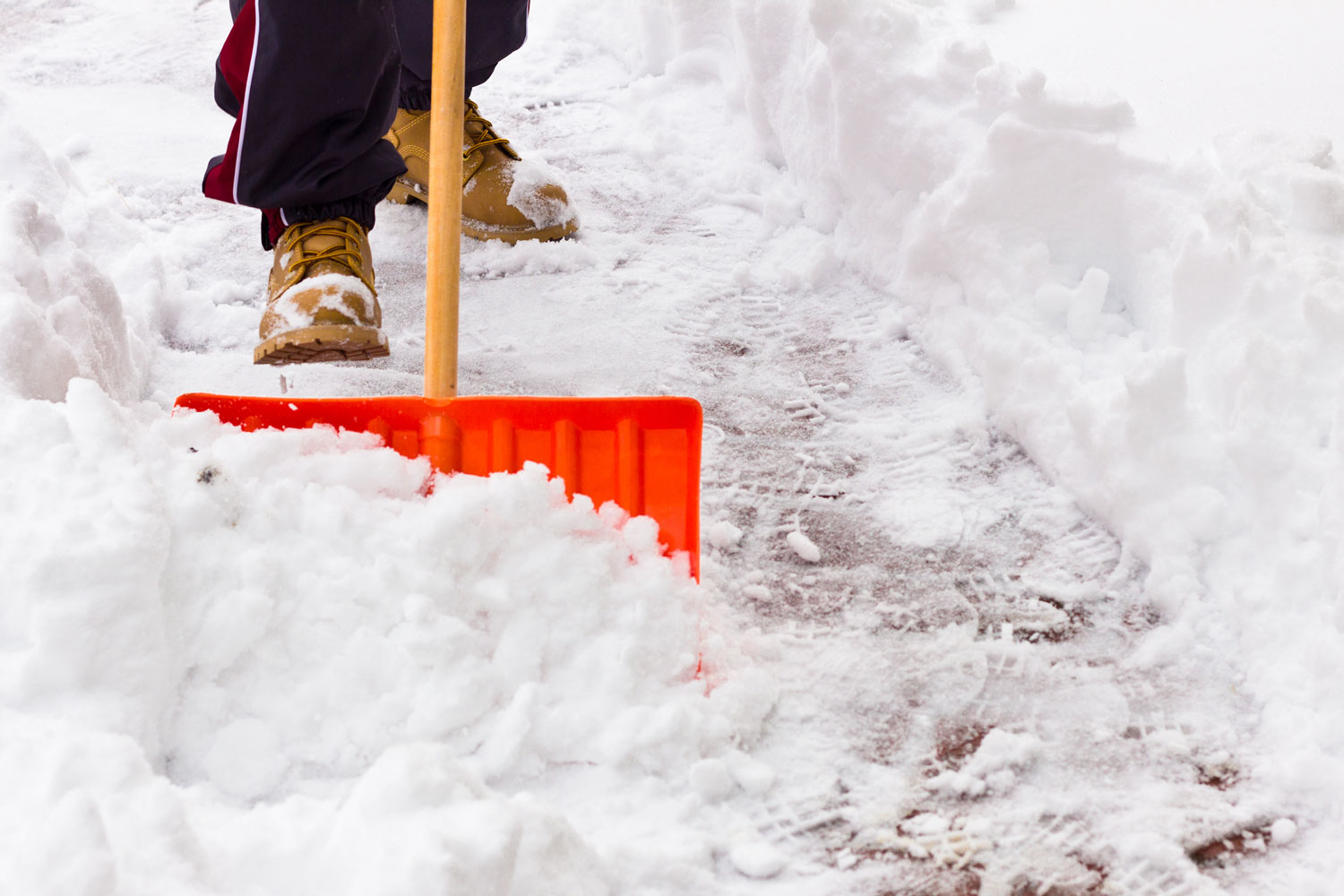Strengthening trust in machine-learning models
Associate Professor Tamara Broderick and colleagues build a “taxonomy of trust” to identify where in data analysis processes confidence in its results might break down.
Madeleine Turner | MIT Laboratory for Information and Decision Systems •
mit
March 28, 2023 • ~9 min
March 28, 2023 • ~9 min
Holding information in mind may mean storing it among synapses
Comparing models of working memory with real-world data, MIT researchers find information resides not in persistent neural activity, but in the pattern of its connections.
David Orenstein | Picower Institute for Learning and Memory •
mit
Jan. 12, 2023 • ~8 min
Jan. 12, 2023 • ~8 min
/
14

